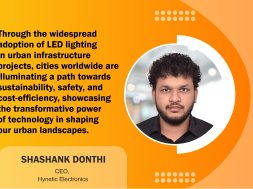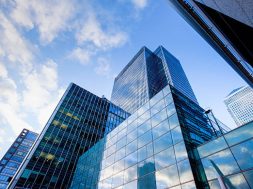LED for energy savings and longevity
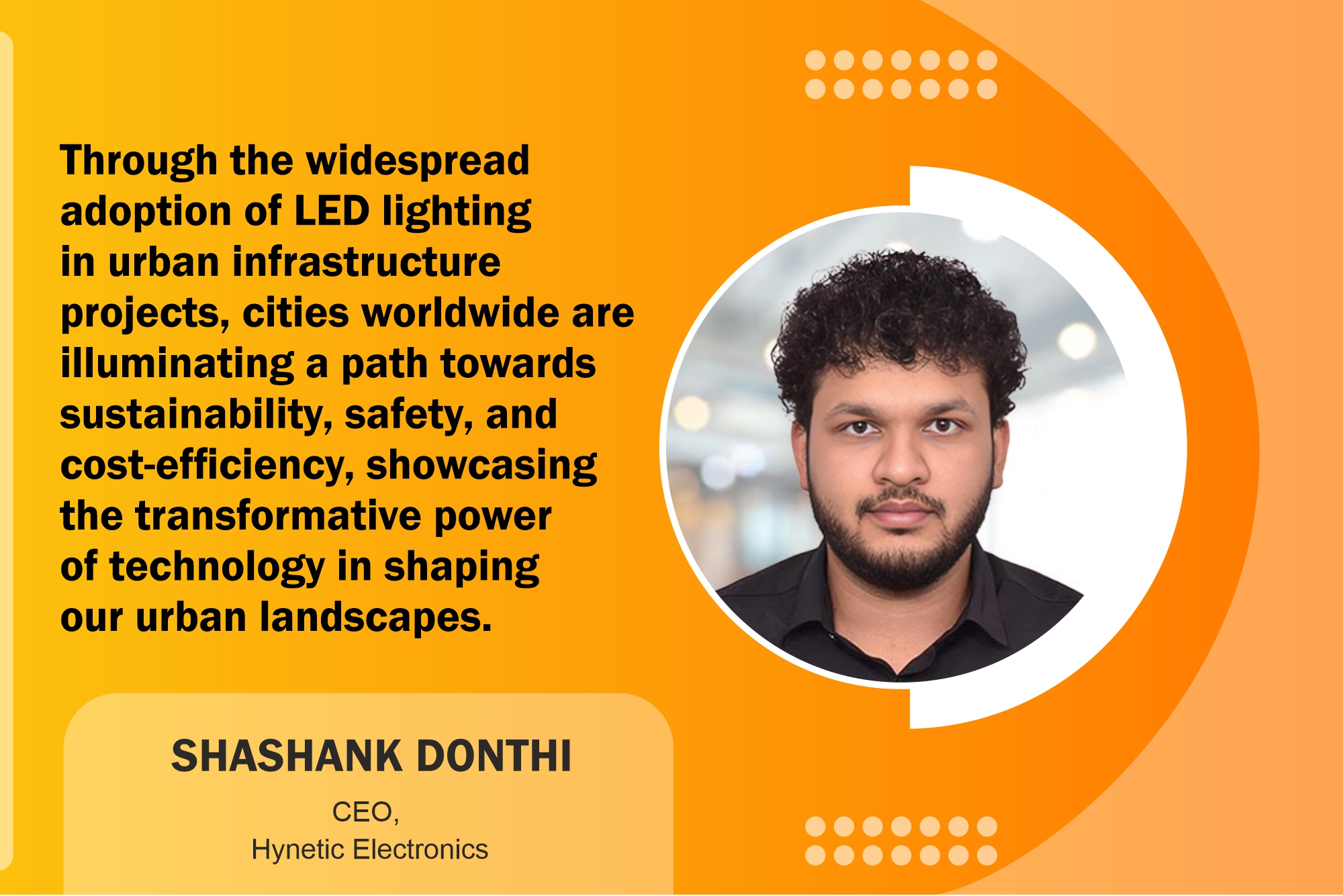
This interaction delves into the concept of energy-efficient LED lights, portraying advanced technologies and their resistance to harsh weather conditions.
Please shed some light on how LED lights contribute to energy efficiency and cost savings.
LED lights offer remarkable energy efficiency compared to traditional lighting technologies like incandescent and fluorescent bulbs, converting approximately 70–90 percent of the electricity they consume into light, while incandescent bulbs only convert about 10–20 percent. This efficiency translates into significant energy savings, particularly in settings with extended usage, such as commercial or street lighting. Additionally, LEDs boast a longer lifespan of up to 25,000 to 50,000 hours compared to 1,000 hours for incandescent bulbs and about 8,000 hours for fluorescent lights, reducing the frequency of replacements and associated long-term costs. Moreover, LEDs maintain consistent light output throughout their lifespan, avoiding the dimming typical of ageing bulbs in other technologies. Their directional nature minimises wasted energy by emitting light only in specific directions, making them ideal for applications like task lighting and spotlights. Furthermore, LEDs can be dimmed efficiently, reducing power usage and extending their lifespan, providing even more flexibility in energy-saving strategies.
Can you discuss the advancements in LED technology that enhance durability and performance, particularly in harsh environmental conditions such as extreme temperatures and humidity?
The latest advancements we have observed lately are the modern LEDs feature improved materials and construction, utilising ceramics, advanced plastics, epoxy resins, and silicone to protect electronic and optical components from moisture, dust, and harsh environments, ensuring reliability in outdoor and industrial settings. Moreover, it has enhanced heat dissipation through advanced heat sinks made from materials like aluminium and copper, helping maintain performance and extend lifespan, particularly in high-temperature environments, with innovations in thermal management preventing overheating. The Chip on Board (COB) Technology increases packing density and luminous efficacy while ensuring uniform light output, with advanced phosphor formulations and LED chip technology improving colour stability and consistency over time. Resistance to environmental factors is also enhanced through UV-resistant and corrosion-resistant coatings, along with high IP ratings indicating resistance to solids and liquids, which are crucial for outdoor and industrial applications. The integrated sensors and monitoring systems allow for real-time health and performance checks, alerting maintenance teams to potential issues before failures occur, while sophisticated LED drivers offer adjustable output and improved efficiency, ensuring correct power supply regardless of external fluctuations and enhancing overall durability.
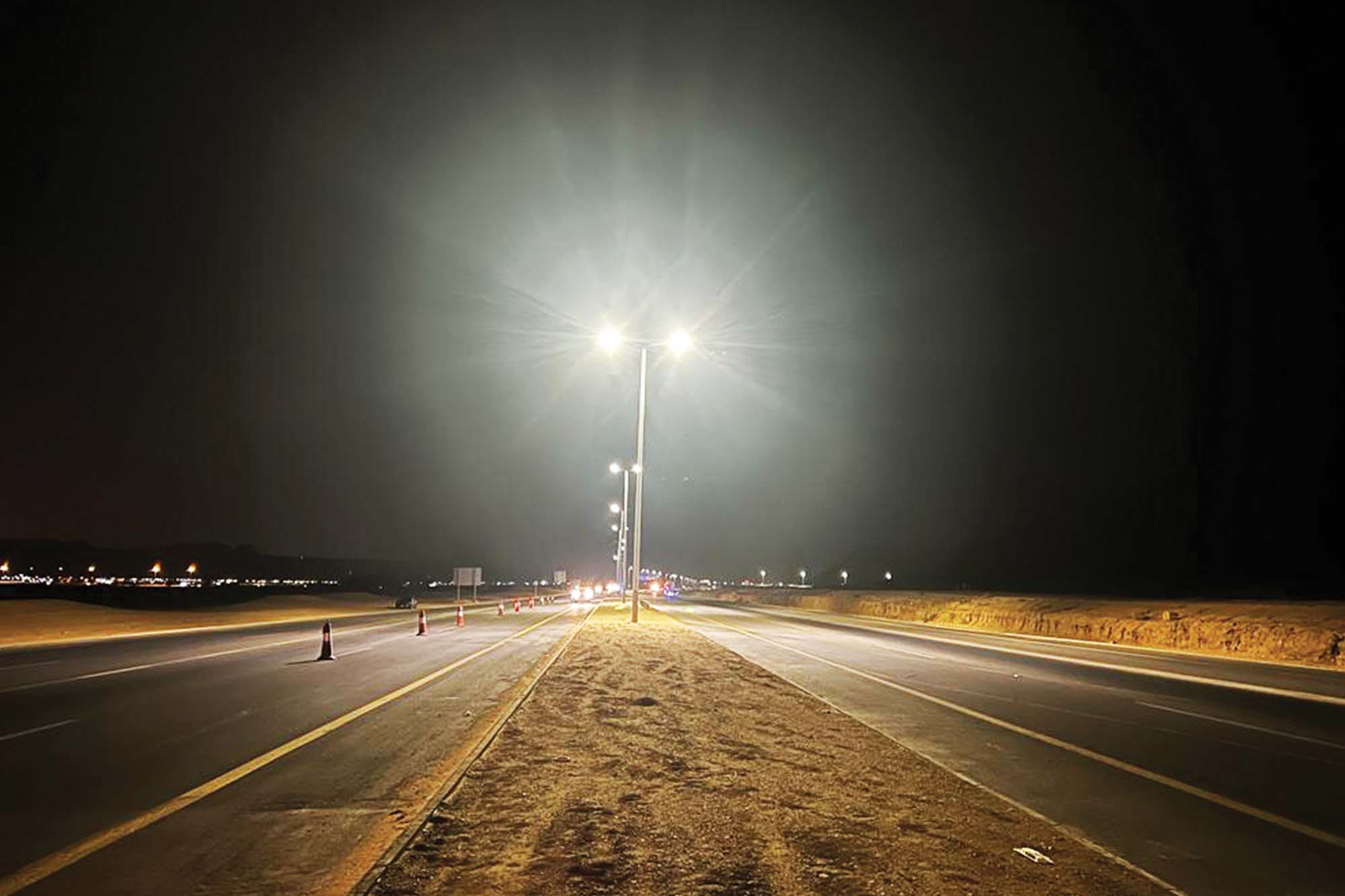
Please suggest some key considerations when selecting LED lights for outdoor use in regions prone to heavy rainfall.
The critical considerations while selecting LED lights are as follows:
Ingress Protection (IP) rating: Opt for LED lights with a high IP rating (IP65 or higher) to ensure protection against dust and water, which is crucial for heavy rain and stormy environments.
Material durability: Choose materials that resist corrosion and impact, such as stainless steel or coated aluminium, suitable for areas with salt spray or flying debris.
Temperature and humidity adaptation: Ensure the LED fixtures have effective heat sinks and are designed to handle high humidity and wide temperature fluctuations.
Light distribution and control: Select LED lights with appropriate beam angles and anti-glare features to manage light spread and reduce glare, enhancing safety.
Mounting and installation: Verify that fixtures can be securely mounted and are easy to maintain, especially in hard-to-access locations.
Advanced features: For adaptability to environmental changes, consider LEDs with smart controls, such as dimming capabilities and motion sensors.
How do smart LED lighting systems and controls offer enhanced functionality and adaptability to changing environmental conditions, such as adjusting brightness levels based on ambient light or occupancy?
Ambient light sensing: Smart LEDs adjust brightness based on the natural light available, reducing energy usage while maintaining consistent illumination.
Occupancy sensors: These sensors detect the presence, turning lights on or off automatically, which saves energy and extends bulb life.
Dimming capabilities: Allows the LEDs to operate at lower intensities when full brightness isn’t necessary, further conserving energy.
Remote management and connectivity: Integration with IoT platforms enables remote control and adjustments through smartphones or central systems, facilitating easy management.
Energy monitoring: Smart systems monitor energy usage, helping to optimise consumption and reduce costs.
Weather-adaptive lighting: For outdoor use, LEDs can adjust their output based on weather conditions, enhancing visibility and safety during adverse weather.
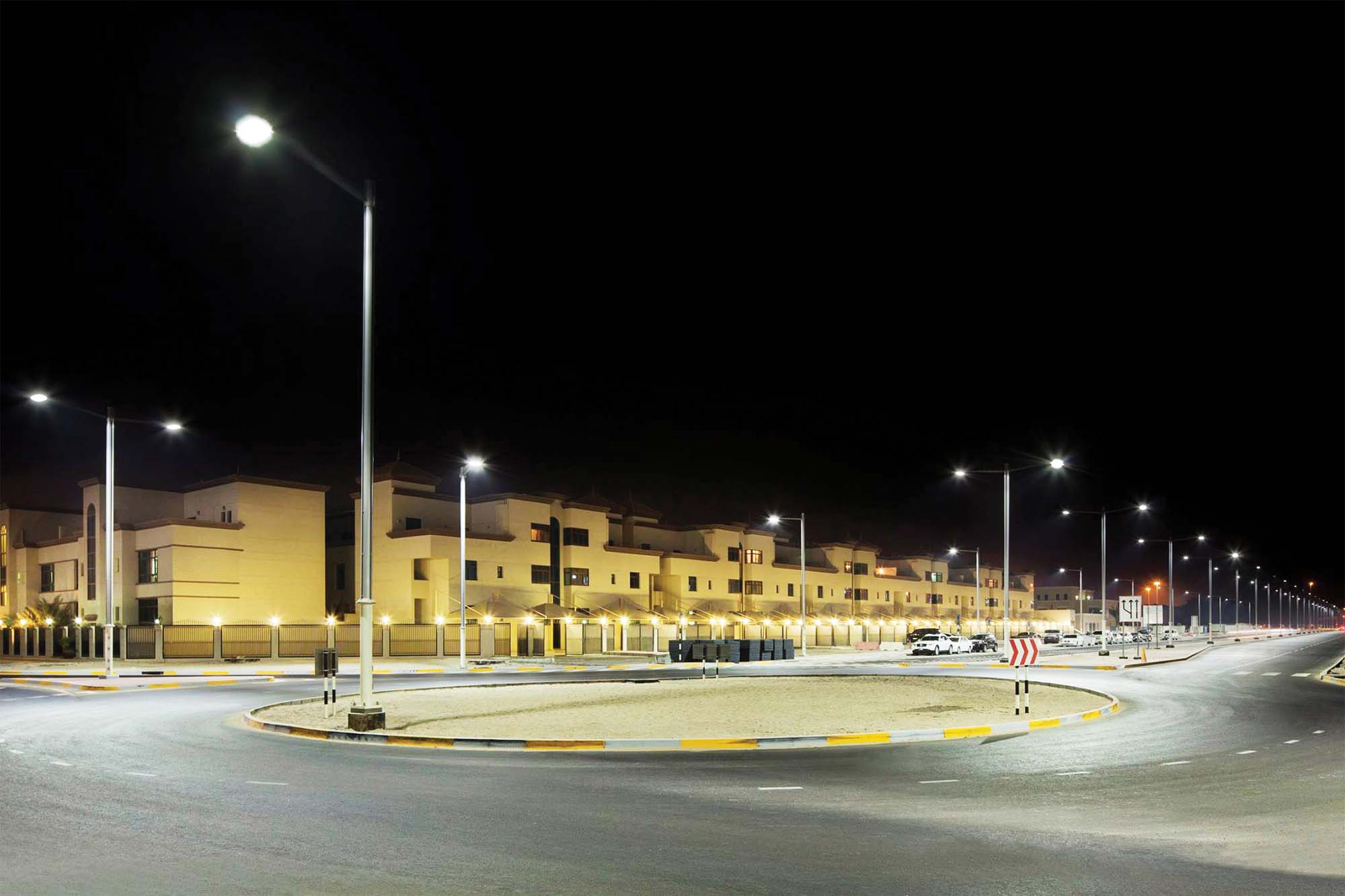
Can you provide examples of successful implementations of LED lighting in urban infrastructure projects, such as street lighting, parks, and public spaces, showcasing their benefits in enhancing safety and visibility?
Cities around the globe are embracing LED lighting for urban infrastructure projects, resulting in improved safety, enhanced visibility, and significant cost savings. These implementations are shining examples of how technology can foster a more sustainable and safe urban environment.
One of the most notable projects was carried out in Los Angeles, where over 140,000 street lights were retrofitted with LED units. This transition led to a 63 percent reduction in energy usage, translating to millions of dollars saved annually in energy costs. The upgrade has not only brightened the streets but also made them safer for residents, contributing to a decrease in night-time accidents and crime.
Across the Atlantic, Barcelona has integrated LED lighting into its Smart City strategy. The city upgraded its street lights to connected LEDs that adjust brightness based on real-time data such as pedestrian traffic and weather conditions. This intelligent system enhances energy efficiency and reduces light pollution, providing a model for future urban lighting systems worldwide.
In Northern Europe, Copenhagen’s commitment to becoming carbon-neutral by 2025 includes the widespread adoption of LED lighting. The city’s street lights, now equipped with smart technology, can be controlled remotely to ensure optimal lighting, aligning with broader environmental goals while ensuring the safety of public spaces.
Singapore has also made significant strides by incorporating LED lighting in parks and along its waterfront. These lights are not only more energy-efficient but are also part of the city-state’s initiative to enhance the aesthetic appeal of public spaces while ensuring they remain well-lit and safe during the night.
Tokyo, in its quest to reduce electricity use and carbon emissions, has adopted LED lighting throughout its public infrastructure. This shift is helping Tokyo meet its ambitious targets for reducing greenhouse gas emissions, with the added benefit of creating safer, clearer environments for citizens.
Finally, New York City has embarked on a comprehensive plan to replace all traditional street lighting with LED fixtures. This project aims to reduce the city’s energy expenditures and improve the quality of light for both pedestrians and drivers. Improved lighting is expected to contribute to lower crime rates and better traffic safety across the city.
These cities demonstrate the multifaceted benefits of LED lighting in urban environments.
For more information, visit: https://hynetic.com/
18
Cookie Consent
We use cookies to personalize your experience. By continuing to visit this website you agree to our Terms & Conditions, Privacy Policy and Cookie Policy.
